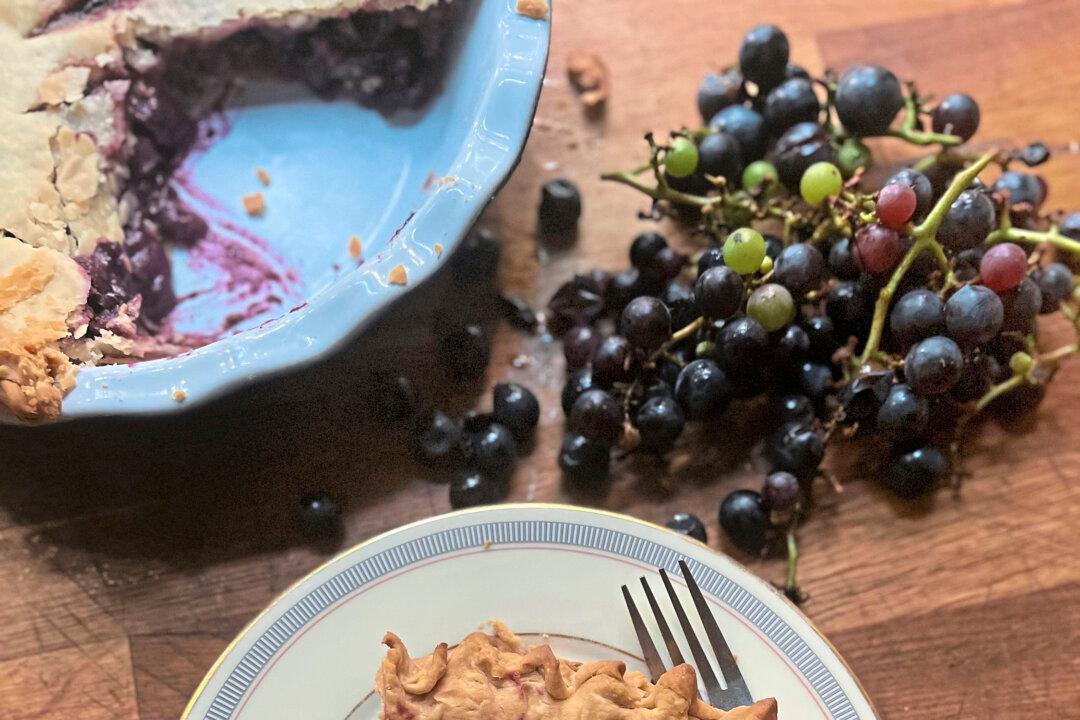By Gretchen McKay
From Pittsburgh Post-Gazette
PITTSBURGH—September is often the time when home gardeners harvest the bounty of the summer growing season.

PITTSBURGH—September is often the time when home gardeners harvest the bounty of the summer growing season.